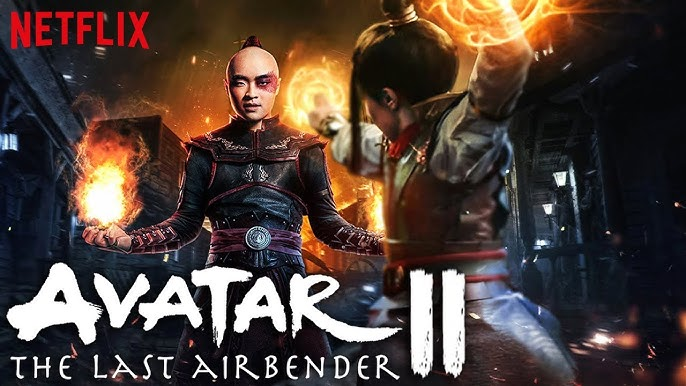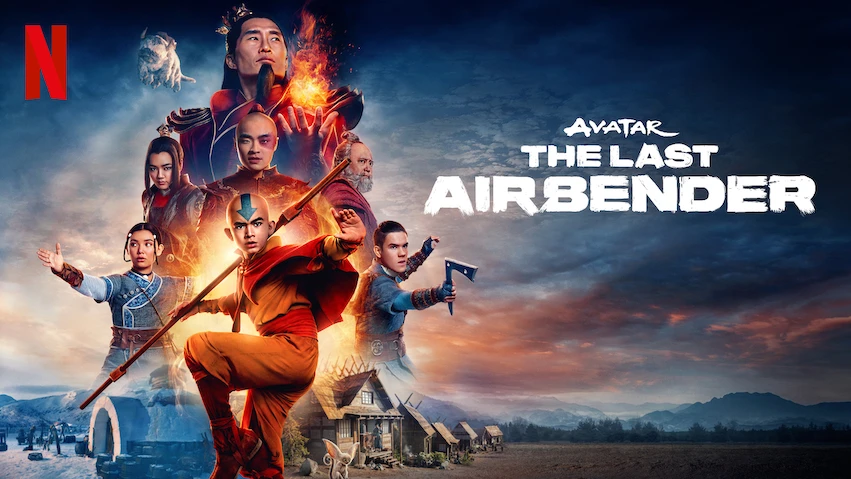The return of Avatar: The Last Airbender in live-action form is more than a revival—it’s a rediscovery of balance, destiny, and hope in a fractured world. Few stories carry the weight of cultural myth while still speaking intimately to the human heart, and this adaptation dares to bridge both worlds.

The film opens with the elemental truth: four nations once lived in peace, until the Fire Nation’s relentless ambition tore harmony apart. What follows is not merely exposition but the birth of a legend reborn—the Avatar, the one soul capable of uniting what war has divided.
Aang’s awakening after a century of frozen silence is a moment of awe and grief combined. The boy who vanished returns to a world aflame, burdened by the knowledge that his people, the Air Nomads, have been wiped from history. His innocence collides with the scars of war, and it is in this collision that the story finds its emotional depth.

Katara and Sokka provide more than companionship—they are the heart that anchors Aang’s journey. Katara’s quiet strength and Sokka’s sharp wit balance the enormity of destiny with the warmth of family, reminding audiences that even in epic battles, humanity must remain.
Yet the film does not shy away from darkness. Fire Lord Ozai looms as a figure of tyranny, his shadow stretching across every village, every child’s future. His ambition burns not just in battlefields but in the very atmosphere of the world—a suffocating presence that Aang must learn to confront.
Visually, the film is staggering. From icy tundras and sunlit temples to fire-lit fortresses, each scene immerses the audience in landscapes alive with elemental energy. Battles unfold not as spectacle alone but as dances of philosophy—every strike, every defense reflecting the harmony or imbalance of the four nations.

The emotional resonance is undeniable. Themes of grief, destiny, and redemption pulse beneath the action. Aang’s laughter amid sorrow, Katara’s quiet resolve, and Sokka’s defiance in the face of hopelessness remind us that heroism is born not only in great power but in small acts of courage.
Directorial vision breathes through every frame: this is not just a fantasy epic, but a meditation on responsibility. Can one child shoulder the weight of an entire world? Can forgiveness heal a century of destruction? These questions simmer beneath the dazzling choreography and sweeping vistas.
What truly elevates the film is its authenticity. Performed with raw intensity, spoken in tones that honor its cultural roots, Avatar: The Last Airbender lives not as a hollow adaptation but as a tribute to legacy. It respects the original spirit while daring to forge its own path.
As the credits roll, one truth remains unshakable: balance is not merely about bending elements, but about understanding oneself. Aang’s journey has only begun, yet the film captures the fragile hope that the world, even at its darkest, can be healed.
Avatar: The Last Airbender (2025) is more than a story—it is a reminder that courage, love, and balance are timeless. The Avatar has awakened, and with him, so too has a legend that will once again capture hearts across generations.




